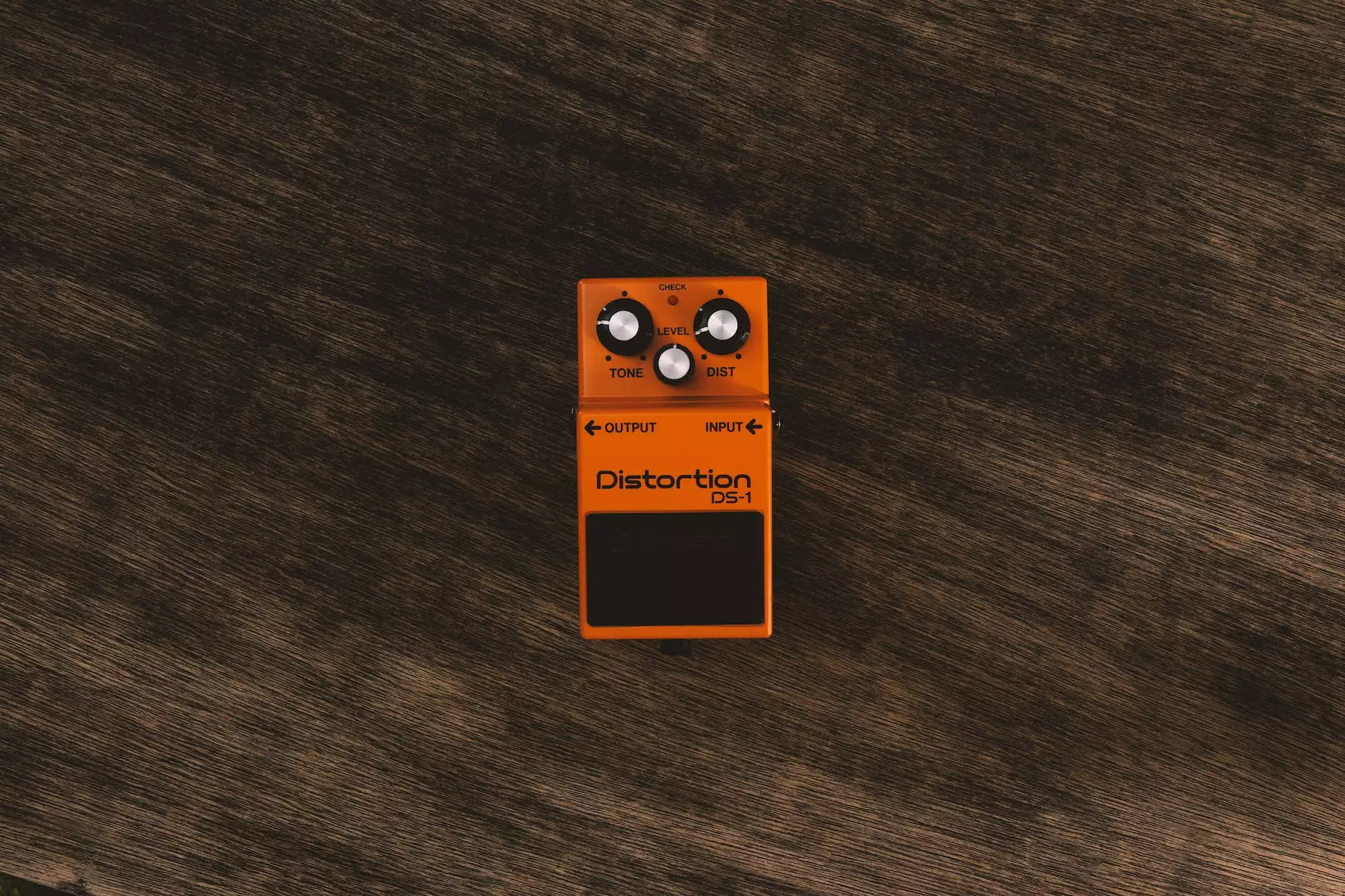The History of The Guitar Pedal
News
Introduction
The guitar pedal has revolutionized the way music is played and recorded. From subtle tones to mind-bending effects, the pedal has become an essential tool for guitarists around the world. In this article, we will delve into the fascinating history of the guitar pedal, tracing its origins and exploring its evolution up to the present day.
Early Origins
The story of the guitar pedal begins in the early 1960s when musicians sought new ways to shape their sound. The first devices were simplistic, but groundbreaking for their time. One of the earliest examples was the Maestro FZ-1 Fuzz Tone, introduced in 1962. This pedal produced a distorted sound by clipping the guitar's signal, creating a raw and aggressive tone. It gained popularity among artists like Keith Richards and the Rolling Stones, contributing to the emergence of a new sound in rock music.
Soon after, other companies joined the pedal revolution. In 1964, the Electro-Harmonix Big Muff Pi was released, offering a versatile range of distortion and sustain effects. Its unique sound attracted famous guitarists like Jimi Hendrix, who utilized its capabilities to forge his legendary tone.
The Golden Age of Pedals
The late 1960s and 1970s witnessed an explosion of guitar pedal innovation. During this period, inspired by the newfound possibilities of effects pedals, countless companies began producing their own versions. One of the most iconic releases came in 1966, with the introduction of the Univox Uni-Vibe. This pedal simulated the sound of a rotating Leslie speaker, creating a lush, swirling modulation effect. Artists such as Jimi Hendrix and Robin Trower incorporated the Uni-Vibe into their signature sound, cementing its place in musical history.
As the 1970s progressed, other influential pedals emerged. The Electro-Harmonix Electric Mistress Flanger/Filter Matrix (1975) combined sweeping flanger effects with a unique filter matrix, giving guitarists an unprecedented level of control over their sound. Legendary guitarist David Gilmour of Pink Floyd famously used this pedal on the iconic song "The Wall," creating the ethereal atmospheres that defined the band's sound.
Advancements and Modern Innovations
The 1980s and beyond saw further advancements in pedal technology. The era of digital processing brought new possibilities for creating complex and realistic effects. Companies like Eventide and Strymon emerged, pushing the boundaries of what could be achieved with guitar pedals.
In recent years, there has been a resurgence of interest in vintage pedals and analog circuitry. Boutique pedal makers like EarthQuaker Devices and Fulltone have gained popularity for their handcrafted creations, offering musicians a return to the warm sound of classic analog effects.
The Impact of Pedals on Music
The guitar pedal has had a profound impact on the music industry. It has allowed musicians to experiment, create new sounds, and redefine genres. From the psychedelic sounds of the 1960s to the heavy distortion of metal, the guitar pedal has left an indelible mark on popular music.
Today, guitar pedals continue to evolve and adapt to the needs of modern musicians. With advancements in technology, we can now find pedals that emulate vintage classics, as well as those that push sonic boundaries with innovative features.
Conclusion
The history of the guitar pedal is a story of innovation and creativity. From its humble beginnings in the 1960s to the present day, the pedal has shaped the sound of music in profound ways. As the demand for new sounds and effects grows, we can expect the guitar pedal to continue evolving, providing musicians with limitless possibilities to explore.




